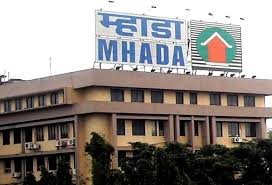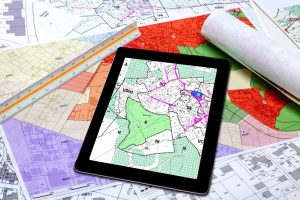If done correctly, real estate investment can be beneficial. But among many, one of the most frequent queries from astute investors is: Should I move to the developed localities or invest in a developing locality?
Given the capital growth of these places, the majority believe that investments in established performers are an excellent idea. Nevertheless, some people consider that holding onto real estate in emerging hotspots can result in more reasonable entry points and substantial future gains. Even if there is still some disagreement, the one you choose will depend on your budget and how long you plan to retain the property. Let’s understand the benefits and drawbacks of each investment.
Investment in Established Hotspots
A quick rundown on why you should opt for developed localities in MMR:
- Infrastructure development: Although property prices in established regions are high, there are still benefits to investing in such locations because the social and civic infrastructure is already in place there.
- The land is in short supply: There is already a shortage of land in Mumbai, and for this reason, people nowadays are seeking developed locality in Mumbai. Overproduction and a surplus of unsold inventories are improbable. As a result, demand will always be strong due to the restricted supply.
What about the drawbacks of investing in well-known areas?
- Saturation: Infrastructure and real estate development would have reached saturation in established communities. This limits future growth and, as a result, it limits your alternatives when buying new homes for sale MMR.
- Cost: In established neighborhoods, the price of purchasing top flats available in Mumbai is very expensive. As a result, it will take a significantly longer time to reach breakeven and begin making a sizable profit.
Investment in Emerging Hotspots
Investing in developing areas provides several benefits that can increase the profitability of your venture.
- The land is abundantly available: compared to more established areas, developing localities in MMR have a larger amount of land available. There is more room for development as a result.
- Low entrance point: The entry point is always lower because these markets have not yet reached their full potential.
- The best option for long-term investors: After infrastructure development, you can generate significant capital growth. Your investment horizon, however, should be between four and six years.
- The connectivity level: Take connectivity into account before making an investment in a developing neighborhood. There will be increased demand if the property is adjacent to an airport, metro station, freeway, or another local transportation hub. There are several emerging areas in Mumbai with great connectivity. These localities retain easy commutes to Mumbai via bus, train, or taxi. Moreover, these localities are nestled close to the airport. Thus, there is no doubt that investing in such developing neighbourhoods is a good idea as it will increase the chances of a high ROI.
In a nutshell, the above-given home buying guide Mumbai with a clear-cut comparison of developed and developing localities is helpful for people seeking to invest in real estate. The greatest strategy, though, is to be aware of why you are investing. An established neighborhood is a better choice if you are purchasing for your own use because the infrastructure is already in place. If your investment horizon is between four and six years, you might have luck with a developing area.
Visit IndexTap for a detailed understanding of the real estate market.
















